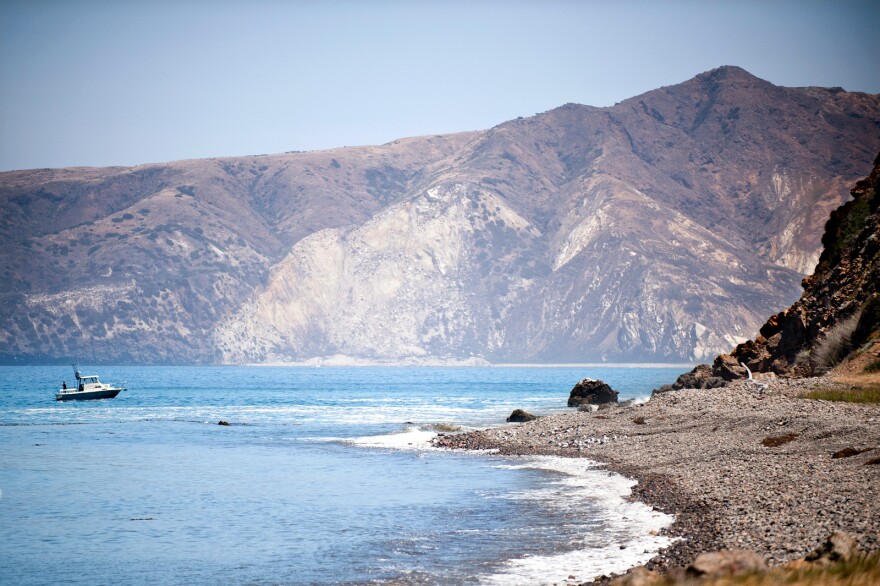Take Two translates the day’s headlines for Southern California, making sense of the news and cultural events that affect our lives. Produced by Southern California Public Radio and broadcast from October 2012 – June 2021. Hosted by A Martinez.
Scientists search for underwater migration routes off California coast

When and how modern humans arrived in the Americas is one of the great mysteries of science, but now researchers at San Diego State University will embark on a four year project to try to answer these question.
A team of archaeologists, geoscientists and biologists are soon to begin a search of the seafloor off the coast of Southern California. Professor Jillian Maloney is the study's co-principal investigator. She spoke to host A Martinez about the details.
"We’re getting to look back through time at what the coast would look like for people arriving here and then further investigation somewhere down the road might be able to identify actual artifacts or things like that beneath the seafloor." said Maloney.
Using various kinds of sensor technology, the team hopes to find areas of ancient human settlements formed when sea levels were lower.
The team will have "a sonar that looks beneath the seafloor and we can see different layers of sediment and rock and that will help us to image these submerged landforms that may have been important to people living on these coasts at the time. So things like a river channel, that would have been a fresh water source or perhaps a cliff that could have been an overlook. We can see those that may have been buried under sediment underneath the seafloor." said Maloney.
The study, which received nearly $1 million dollars in federal funding, is one of the largest archaeological expeditions of its kind.
According to Maloney, discovering the paths early Americans used to arrive in North America are significant "in terms of just the story of human odyssey and connections that people have between different groups of humans, our environment and how humans have evolved…questions of human ingenuity are really important to get at through these types of questions."
Guest:
Jillian Maloney, Professor of Geology at San Diego State University and the study's co-principal investigator, spoke to A Martinez about the details.


